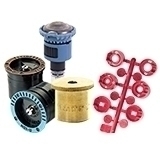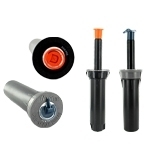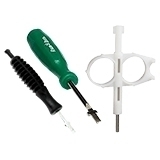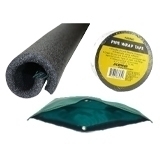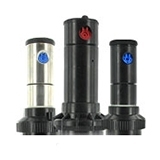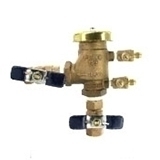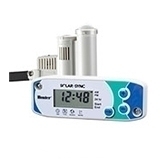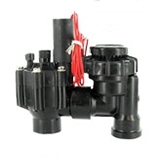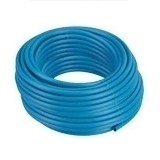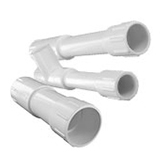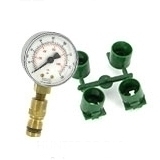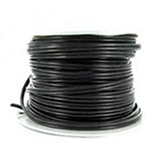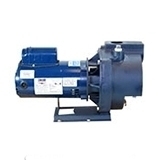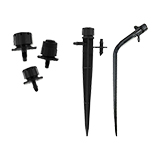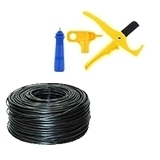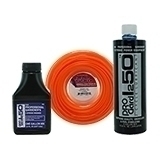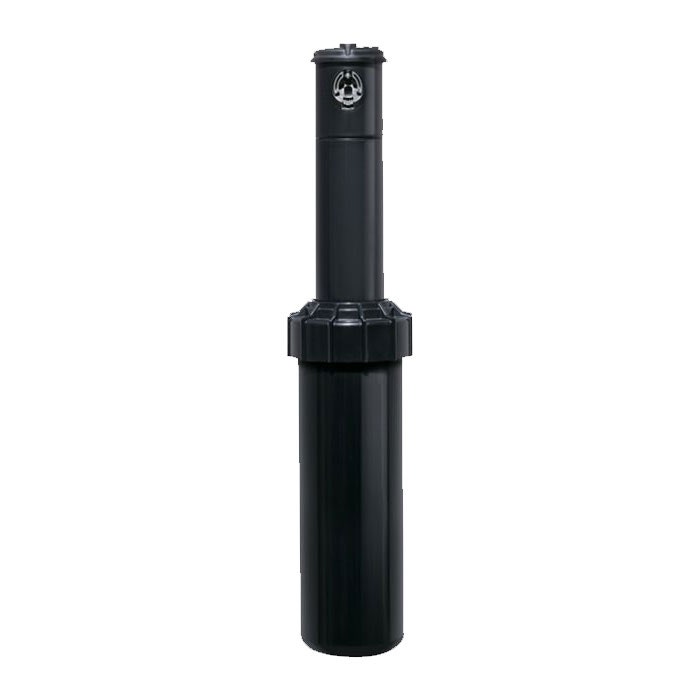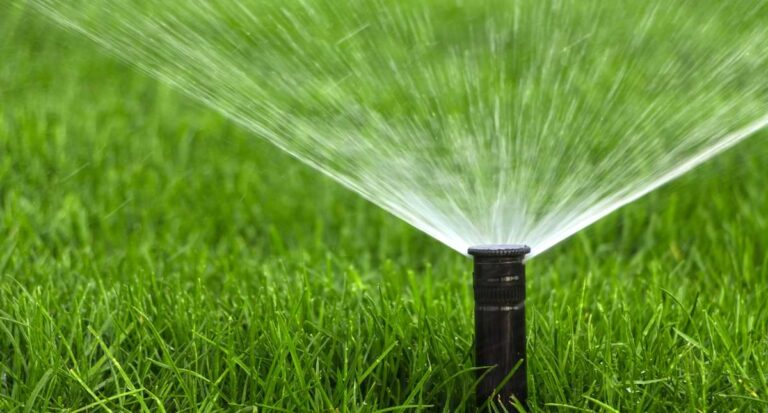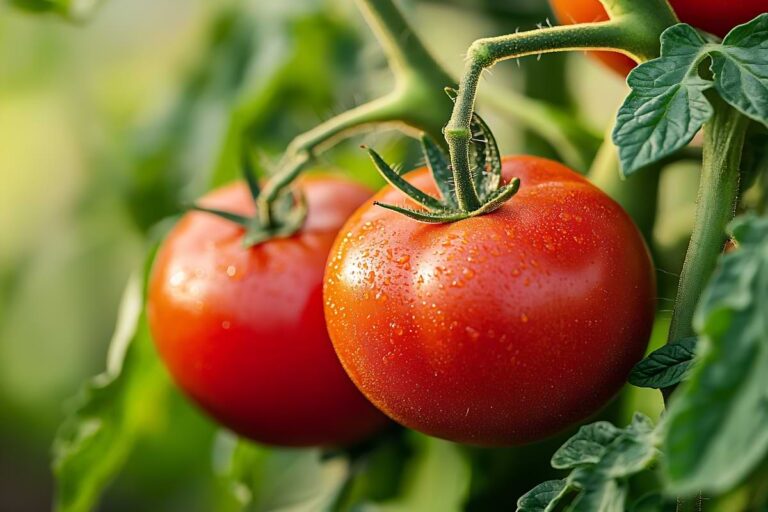Table of Contents: Vertical Garden Guide
Limited on space but big on green dreams? Vertical gardening might just be your new best friend. From compact courtyards to bare fences and balconies, vertical gardening helps homeowners grow herbs, veggies, and flowers in tight spots—and with the right irrigation setup, it can be low-maintenance, too.
Let’s dig into how vertical gardens work and how home irrigation systems can take them to the next level.
What Is Vertical Gardening?
Vertical gardening is exactly what it sounds like: growing plants upwards instead of outwards. Whether it’s a freestanding structure, a wall-mounted setup, or a tiered planter, vertical gardens are designed to maximize space while adding beauty and function to your landscape.
Vertical gardens, also known as wall gardens, are great for:
- Small backyards or patios
- Urban homes with little to no yard space
- Gardeners looking to reduce bending and kneeling
- Keeping certain plants off the ground to deter pests
You’ll often see vertical gardens used for herbs, lettuces, strawberries, flowers, and even small root vegetables: all perfect for kitchens, balconies, and side yards.
Why Irrigation Matters More for Wall Gardens
One of the biggest challenges of vertical gardening is consistent watering. Water naturally flows downward, which means top-level plants can easily become dry while lower plants may get overwatered.
Manual watering with a hose can lead to inconsistent results. And let’s be honest, it’s hard to reach that back wall when you’re in a hurry. That’s where irrigation systems come in.
Best Irrigation Options for Vertical Gardens
A well-designed irrigation system keeps your vertical garden healthy without the daily hassle. Here are a few smart choices.
1. Drip Irrigation
Drip systems are ideal for vertical gardens. They deliver water slowly and directly to the root zone, minimizing waste and ensuring even coverage from top to bottom.
Look for drip emitters with adjustable flow so you can dial in the perfect moisture level for each plant.
2. Micro-Sprays & Misters
For vertical gardens with shallow-rooted or leafy plants (such as herbs or greens), micro-sprays and misters can keep foliage cool and moist.
These are also great for outdoor walls exposed to sun or wind.
3. Smart Timers
Pair your vertical garden with a hose timer or Wi-Fi-enabled smart controller to automate watering.
These let you schedule irrigation during cooler parts of the day and make adjustments based on weather—helping conserve water and keep plants thriving.
More Tips for Vertical Garden Success
Vertical gardens have unique needs compared to traditional setups, so a few extra steps can make all the difference. Keep these tips in mind to help your garden thrive from top to bottom.
- Use Moisture-Retaining Soil: Use moisture-retaining soil to prevent dry-out.
- Group by Watering Needs: Group plants by watering needs; keep thirsty plants near the bottom.
- Check Drainage Flow: Check drainage to avoid soggy roots and mildew.
Inspect Irrigation Components: Regularly inspect emitters and lines for clogs or leaks.
Create an Unforgettable Vertical Garden with Ease!
Vertical gardening isn’t just a trend; it’s a smart, space-saving solution for homeowners who want to grow more with less. And when paired with a reliable irrigation system, it becomes a beautiful, low-maintenance feature that thrives all year round.
Ready to grow up instead of out? Sprinkler Warehouse has everything you need—from drip kits to smart timers—to keep your vertical garden green and growing.
FAQs for Vertical Gardens
What are the disadvantages of vertical gardens?
Vertical gardens can dry out more quickly than traditional gardens, requiring more frequent watering. They may also have limited root space, which restricts plant selection and growth. Additionally, the structure and materials can be costly to install and maintain over time.
What plants grow best in a vertical garden?
Herbs such as basil, mint, and thyme thrive in vertical gardens due to their compact root systems. Leafy greens such as lettuce, spinach, and arugula also perform well. For ornamental options, ferns, succulents, and trailing vines such as pothos or philodendron are ideal.
Are vertical gardens worth it?
Vertical gardens are a great space-saving solution, especially in urban environments with limited ground space. They can improve air quality, provide fresh produce, and add visual appeal to walls and fences. While they require some upkeep and planning, the benefits often outweigh the drawbacks for many homeowners and renters.
If you want to stay up-to-date on the latest Sprinkler Warehouse news and make the most of all of our one-of-a-kind promotions, join the Irri-Gator community today. Happy watering, Irri-Gators!


